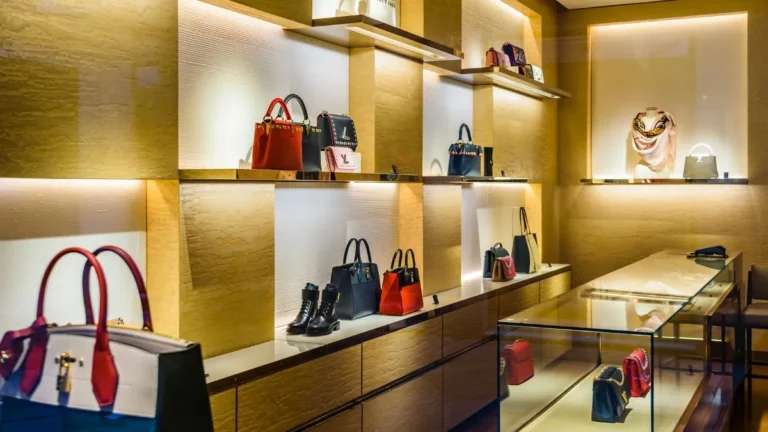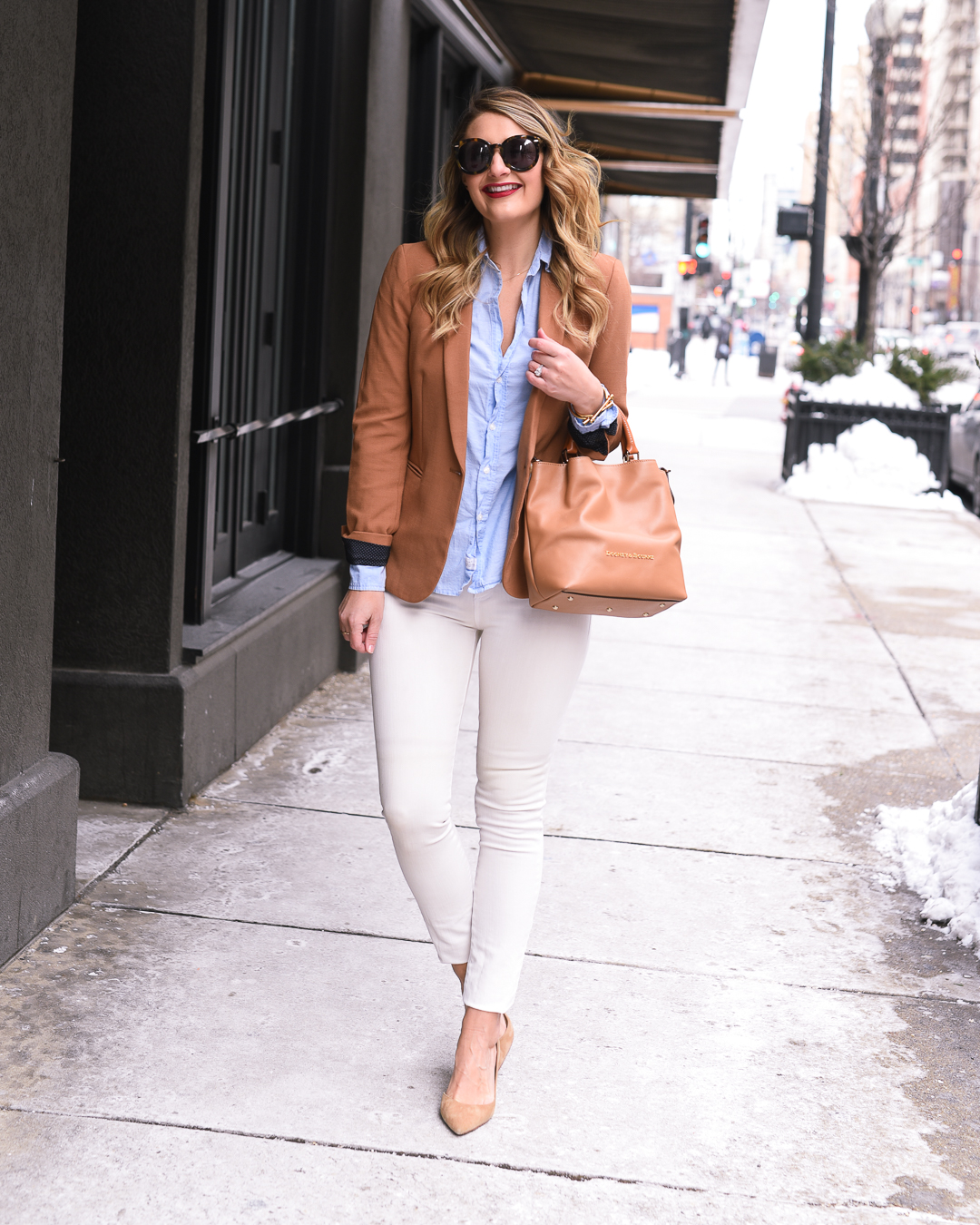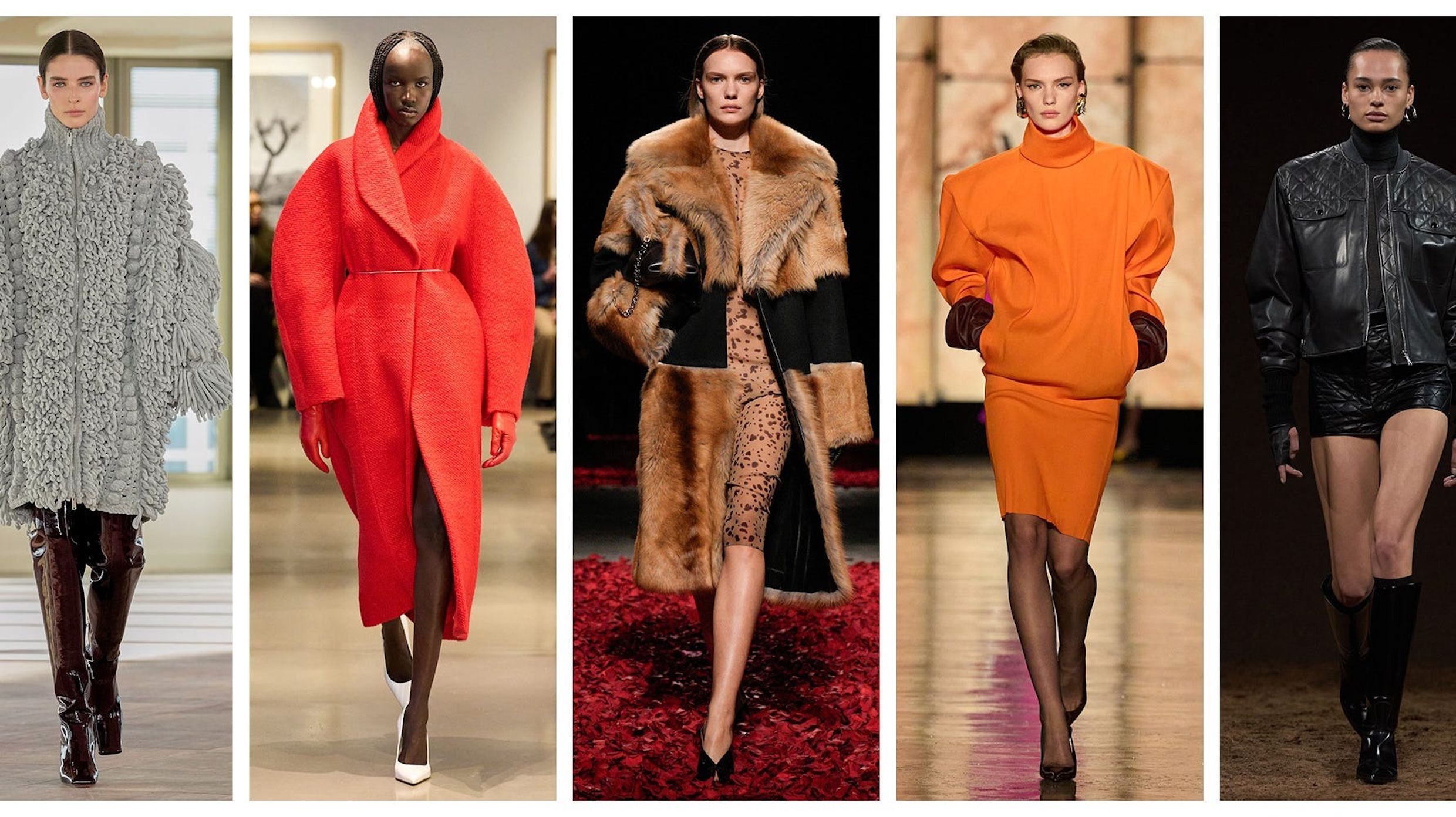In the world of high-end design, genuineness has always been a sought-after quality. When you explore the world of designer bags, you’ll see an intricate relationship between authentic products and fake versions. This constant battle has changed the authentic used Louis Vuitton bags industry for decades, impacting every aspect of design and distribution.
Understanding the history of counterfeit luxury bags does more than provide insight into the history of fashion but also reveals the issues facing both consumers and brands alike. Come along as we look into the intricate relationship between imitation and authenticity in the world of luxury bags.
Table of Contents
The History of Luxury Market Counterfeiting
The heritage of luxury brands goes back to the beginning of time, with numerous iconic fashion houses forming between the 18th and 19th century. As these brands gained recognition and acclaim, they became icons of wealth and status.
The desire for these brands resulted in the growth of counterfeit products, since people sought to imitate the luxurious lifestyle, but without the cost. In the beginning counterfeiters relied on basic methods to duplicate luxury products. They often used inferior materials and a crude process of manufacturing to create imitations of well-known designs.
These fakes of the early days were obvious to those who are familiar with authentic items. But, they did find the market with consumers who were unaware or not concerned about authenticity. When global trade grew during the 20th century, also did the counterfeiting business. Modern manufacturing techniques and the capability to procure materials from all over the world made it possible for counterfeiters to create counterfeits that were more credible. This time saw an impressive rise in the quantity and quality of luxury items that were counterfeit and being sold on the market.
Major Counterfeit Trends Over the Decades
The world of counterfeit luxury bags has changed dramatically in the past few years, reflecting the advancement in technology as well as shifts in the behavior of consumers. Let’s examine the main developments that have shaped this criminal industry.
1. The Rise of “Super Fakes”
In recent years, we’ve seen the rise of “super fakes” – counterfeit bags so carefully designed that even experts have trouble to discern them from authentic items. These replicas are made of authentic materials and use advanced manufacturing methods, which makes it increasingly difficult to authenticate used Louis Vuitton bag without expert assistance.
2. Online Marketplaces and Social Media
Digital technology has transformed the market for counterfeit goods. Social media and online marketplaces platforms have been a hotspot for counterfeit luxury items providing counterfeiters with unprecedented access to consumers around the world. This is making it important than ever before for consumers to confirm whether their products are authentic. Often, they are resorting to specialist services such as Authentifier.com to ensure authenticity.
3. Customization and Limited Editions
Counterfeiters are adept at replicating not only regular models as well as limited edition and custom-designed items. This is a major issue for brands and customers alike, since these exclusive products often have higher costs and have a higher emotional worth. The ability to identify accurately the authenticity of these pieces is now an essential ability in the world of luxury.
4. Blockchain and Digital Authentication
Since the techniques for counterfeiting have evolved and so do the methods of authentication. The luxury sector is increasing relying on the blockchain and other digital verification tools to fight counterfeits. These new technologies offer a viable method for confirming the authenticity of expensive bags, but they also pose new challenges for experts in authentication to keep up with sophisticated counterfeiters.
How Brands Like Louis Vuitton Are Adapting to Counterfeit Challenges
With ever sophisticated counterfeiting Luxury brands are implementing new strategies to safeguard their goods and authenticate pre-owned Louis Vuitton bags. These measures not only ensure the integrity of their brand but also guarantee that clients receive authentic products that are genuine..
5. Technological Advancements in Authentication
Luxury brands are using modern technology to fight counterfeiting. Louis Vuitton, for instance has integrated RFID chips into certain items, which allow for speedy and precise verification. Others brands have also embraced blockchain technology to build an unchangeable record of a product’s entire journey from production to retail.
Furthermore AI-powered software for image recognition is used to detect fake products on the internet. These programs can look through hundreds of listings and flag the possibility of counterfeits to further investigate.
The collaboration With Law Enforcement as well as E-commerce platforms
Realizing that the issue of counterfeiting has become a problem that affects the entire world and that counterfeiting is a global problem, luxury brands are partnering more frequently together with authorities from law enforcement as well as online marketplaces. These alliances are designed to end large-scale counterfeiting operations and eliminate fake listings from e-commerce websites.
Louis Vuitton as well as other luxury brands regularly hold workshops for customs officers, helping them to identify counterfeit products more efficiently. They also collaborate with online platforms such as eBay as well as Amazon to create and implement more stringent methods for verification of sellers.
* Consumer Education and Transparency Initiatives
Brands are also focused on educating customers about the dangers of buying fake goods and the ways to recognize counterfeits. A lot of brands have created authenticity guides that are available on their websites, describing the signs of authentic items.
Some brands, such as Louis Vuitton, have introduced transparency initiatives that permit customers to track the source and the journey that their products have taken. This is not only a way to build trust, but it also makes it difficult for counterfeiters to duplicate the entire experience of a brand.
The Future of Authenticity in Luxury Fashion
A number of exciting innovations is the use Blockchain technology in the creation of digital passports for high-end products. These safe, tamper-proof documents allow for tracking a product’s complete existence, from creation to sale, and even beyond.
If you are looking to authenticate their pre-owned Louis Vuitton bags This technology will be instantaneous verification using scanning a phone. Artificial intelligence is a effective tool to verify authenticity. Advanced algorithms are able to analyze the minute specifics of a piece of merchandise from stitching patterns to the composition of materials and even the color of the fabric with amazing precision. Platforms such as Authentifier.com make use of these tools to provide expert authenticating services for luxury items.
To stop counterfeiting, a lot of high-end brands are focusing on personalization. With unique, custom products, they produce products that are harder to duplicate. This is not just enhancing authenticity but also fulfills the desire of consumers for exclusivity.
Conclusion
When you are navigating the ever-changing environment of luxury fashion, knowing the history and current trends in counterfeiting is essential. The fight between authentic counterfeiters and luxury brands continues to define the business and drive innovation in manufacturing and authentication techniques. As brands adopt cutting-edge technology to safeguard their products but consumers must be on guard.
Authentifier.com is on the leading edge of this constant battle by providing authenticated services that are specialized for Louis Vuitton products. By being informed and using expert authentication tools that allow you to take part in the market for luxury and ensure that your prized items are authentic representations of craftsmanship and tradition.



